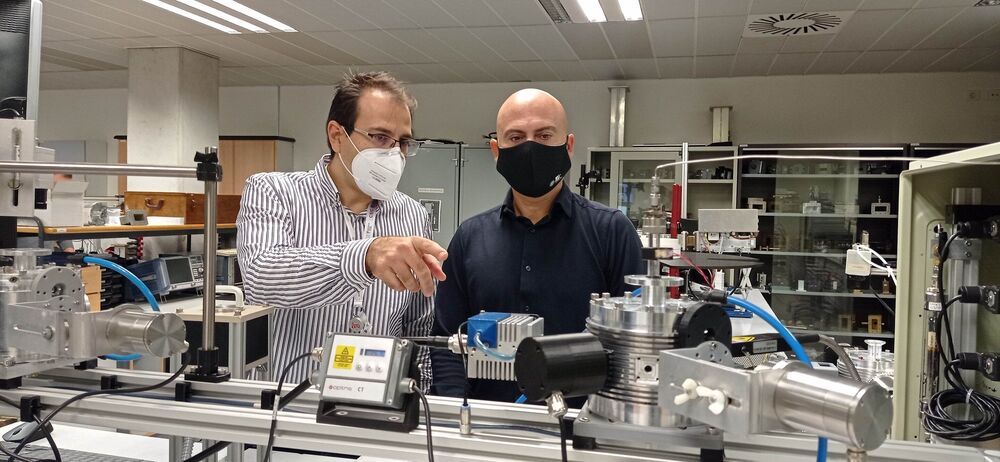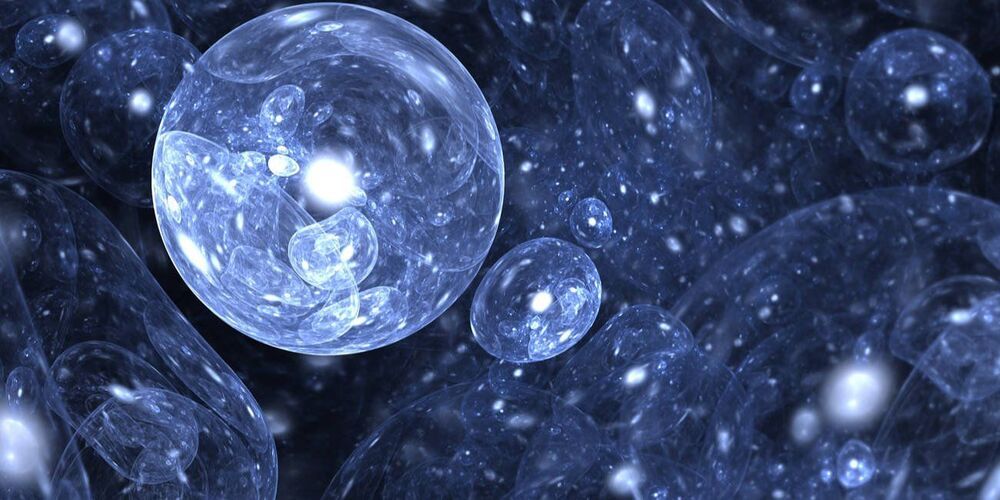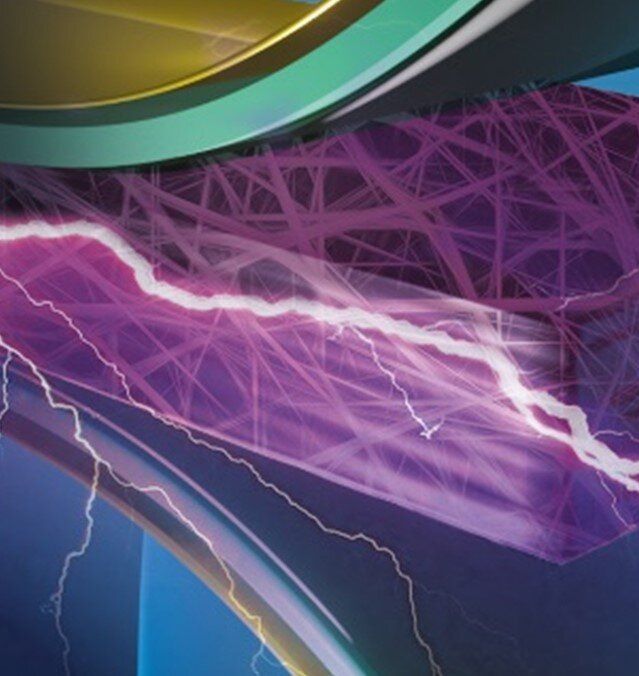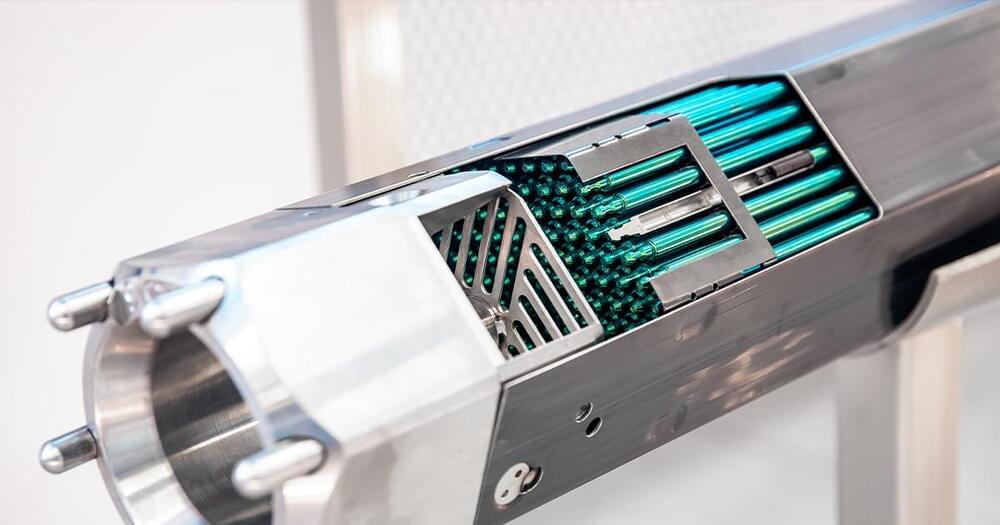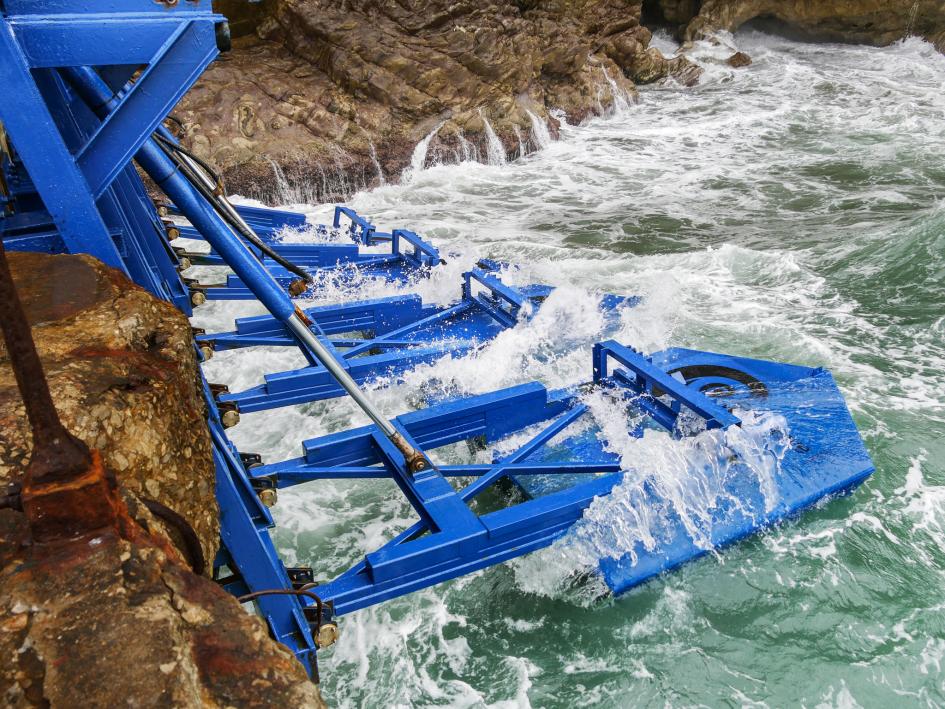Nov 5, 2020
Researchers Develop Special Paint That Helps Reduce The Need For Air Conditioning
Posted by Saúl Morales Rodriguéz in category: energy
The colors that we choose to paint rooms, houses, or buildings do more than just change the way it looks. Colors can affect one’s mood as well, but it can also have an impact on the overall temperature. This is because different colors absorb light differently, with some colors absorbing light more than others, which is why colors like black are known to retain heat.
In a bid to help reduce the need for air conditioning which can consume a lot of electricity and also release by-product gases into the atmosphere, researchers at Purdue University have developed a special form of white paint that they claim can reduce surface temperatures by up to 18 degrees Fahrenheit compared to their ambient surroundings, thus replicating the effects of a refrigerator but without consuming any energy at all.

